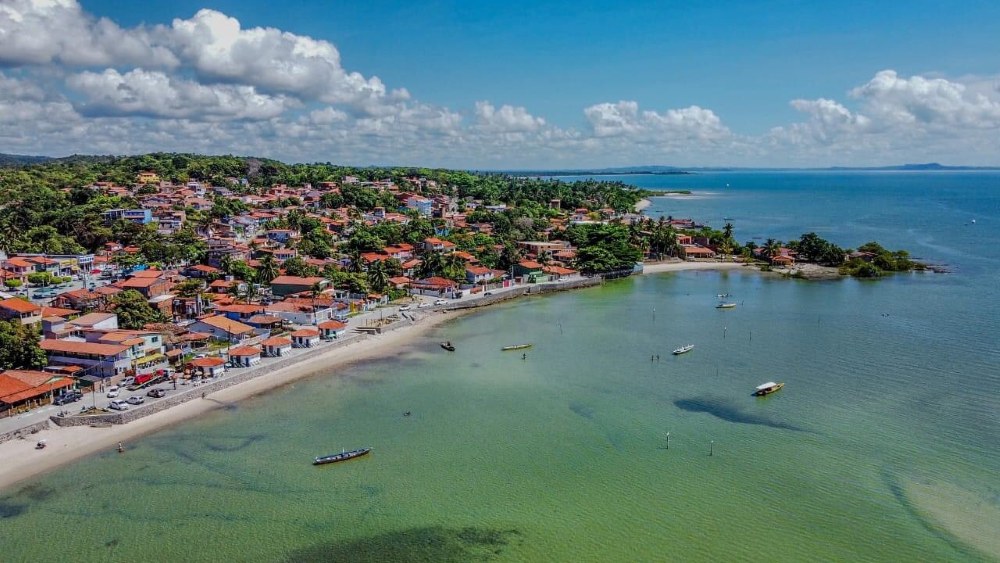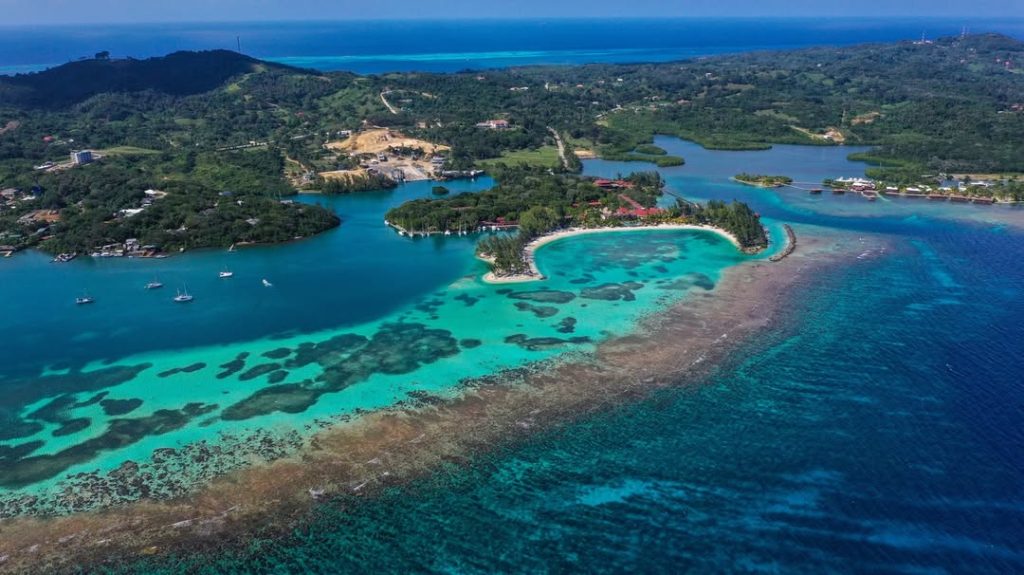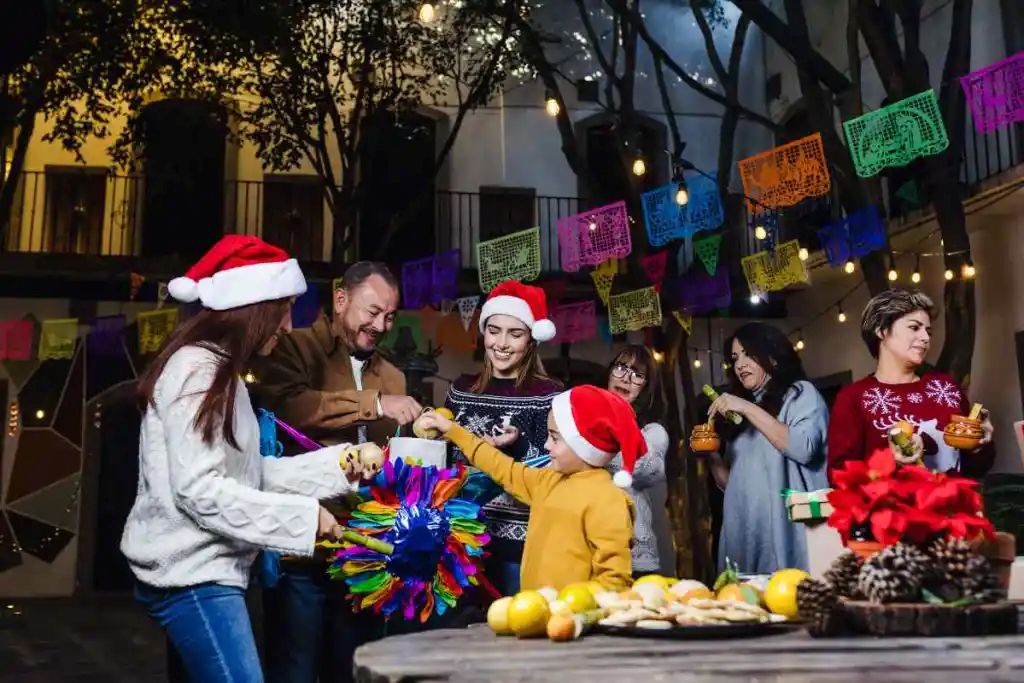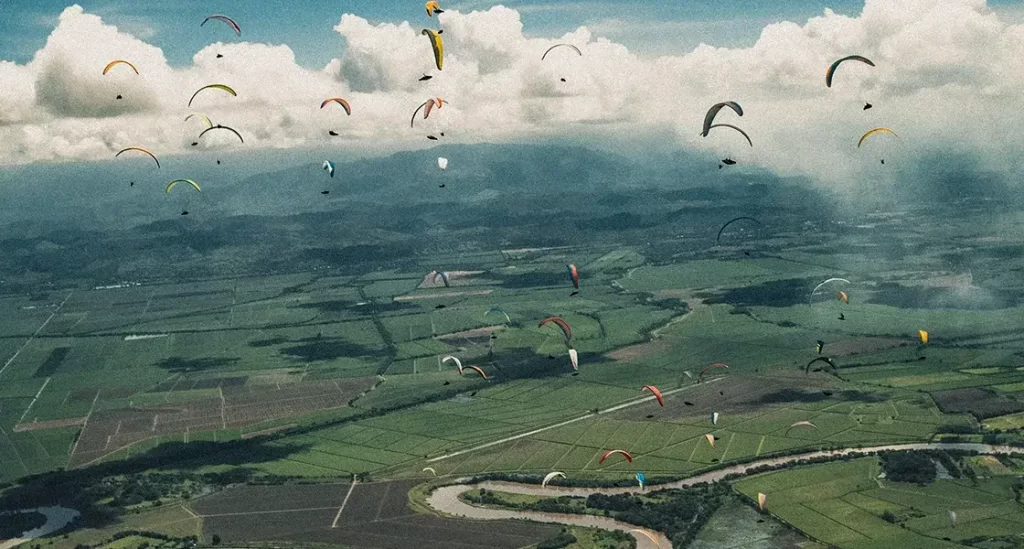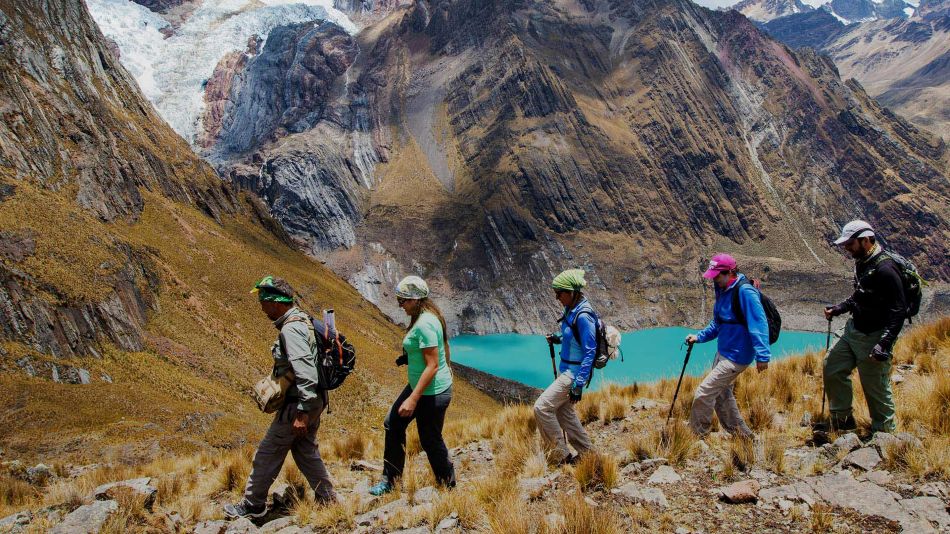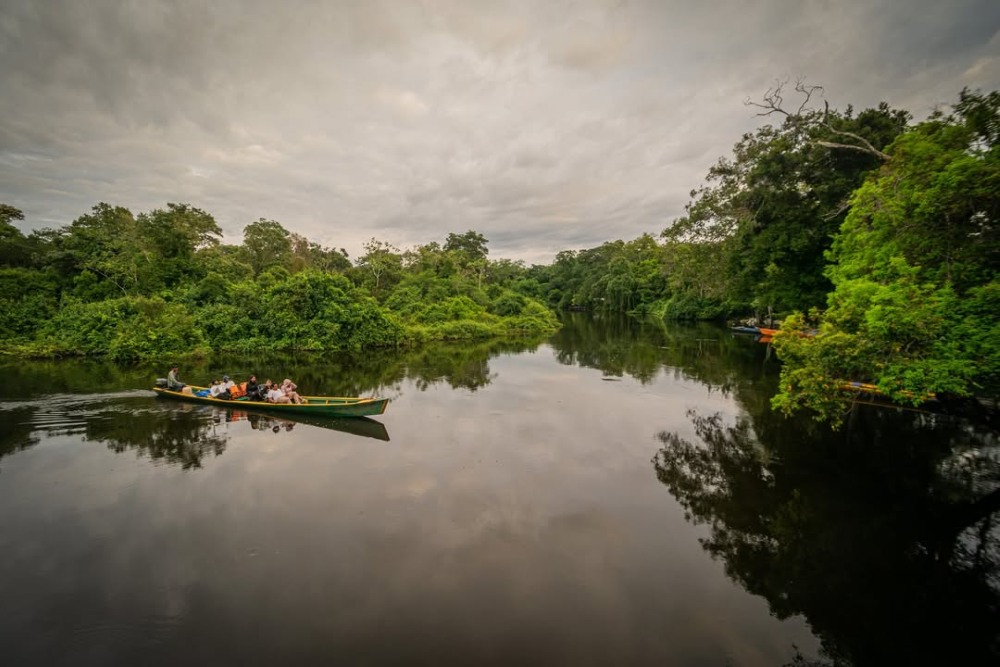In a bustling Andean market or at the turn of an Amazonian village, a gourd of chicha is never far away. This pre-Columbian drink continues to accompany communities across Latin America, from the Andean highlands to the tropical plains.
Origins and legends
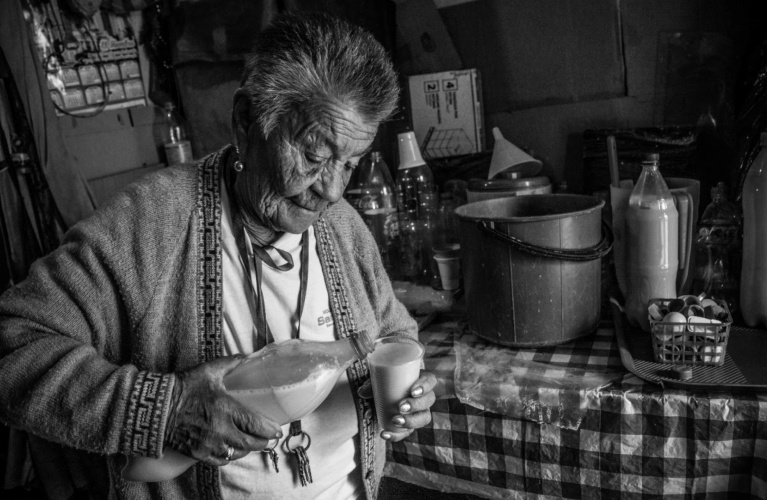
Each country has woven its own story around this fermented corn drink. In Colombia, it is rooted in the Andean highlands of the departments of Boyacá and Cundinamarca, where the Muisca knew it as fapqua. One legend tells of an Indigenous woman, punished for infidelity, who found refuge by Lake Guatavita and discovered this fermented corn beverage there.
In Ecuador, it is present both in Otavalo’s communal rituals and in family celebrations, while in the Amazon, cassava chicha is a symbol of hospitality: it is offered to visitors as a sign of respect.
Preparation and variations
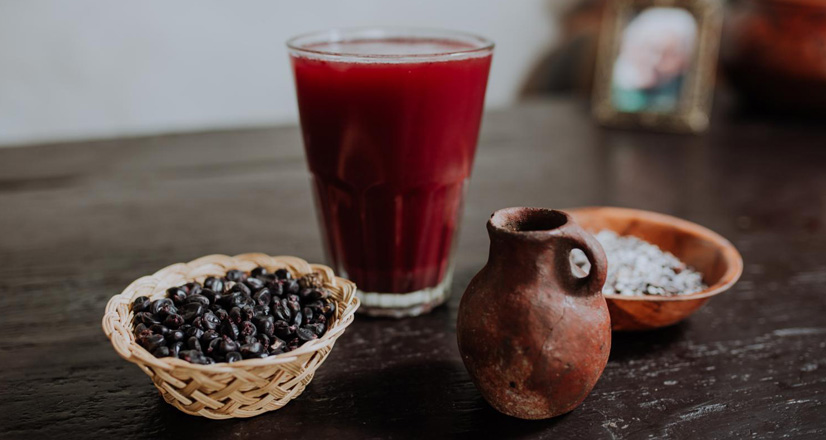
Generally homemade, its preparation varies from region to region. In Peru, chicha morada, non-alcoholic and made from purple corn boiled with fruit and spices, has become a staple beverage. In Mexico, rural communities prepare versions with corn and panela, sometimes enhanced with fruits such as pineapple, which give it a more festive touch.
Our article : Panela: a natural food produced in Colombia
Between tradition and modernity
Even today, chicha remains a symbol of conviviality and collective memory. In Bolivia, it even has its own celebration in September: Chicha and Chicharrón Day. In Bogotá, the Festival de la Chicha, la Vida y la Dicha (Festival of Chicha, Life and Joy) enlivens the working-class neighborhood of La Perseverancia, while not far away, near the Chorro de Quevedo, around twenty chicherías attract both young people and curious travelers.
Nowadays, chicha is still served as naturally as it once was by pre-Columbian communities. It is proof that traditions can evolve without disappearing, and that flavor can also be a form of memory.
Photos: Ministerio de Cultura y Patrimonio de Ecuador | Promperu | Alcaldía de Bogotá



